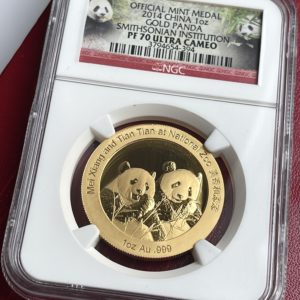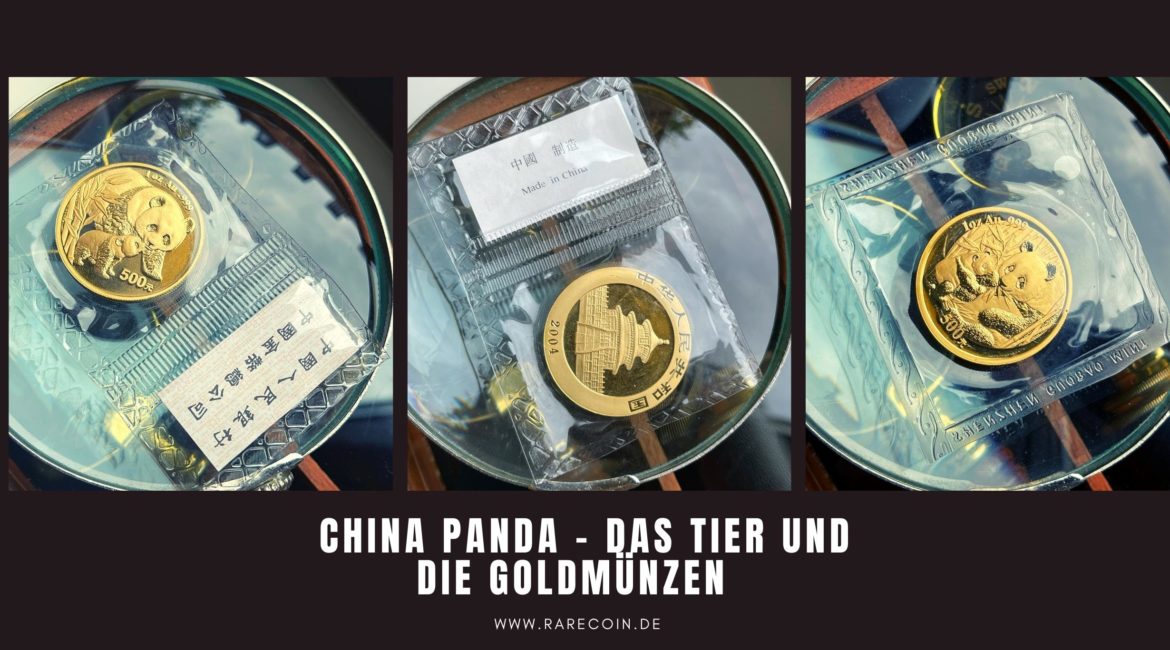One of the cutest and most amazing animals on our planet is the panda. The panda is synonymous with Chinese culture and history. In China, the animal is believed to have medicinal and spiritual properties. This belief was especially widespread during the Ming Dynasty. People in the Middle Kingdom believed that the presence of the panda in the family would bring healing and comfort in life or in battle.
This funny creature, characterized by its apparent clumsiness, attracts special attention not only children but also adults. There are a total of two species of these animals in the world.
The Giant Panda – to which family does Panda belong?
The giant panda belongs to the bear family and has certain characteristics of a raccoon. These mammals have a unique fur coloring. The head is bright white with black circles around the eye area. The ears, tail, collar and small paws are jet black in color in relation to the massive torso. The Giant Panda is characterized by the particular structure of its forelegs, which consist of 5 main toes and another, which is a modified bone. This prehensile structure allows them to cling to bamboo trunks and also makes it easier for them to climb the highest parts of trees.
The panda moves on four paws, but can also stand on its hind legs. Since it tires quickly, it runs slowly and only for a short time. However, it is an excellent climber and likes to spread out in the branches to rest or escape danger. The animals have a slow demeanor with awkward, funny movements and prefer solitude. In zoos, however, they love to get into mischief and play with each other, especially when they are young.
The physique
The panda has a similar physique to a bear. An adult panda bear is two meters long and has a body weight of 150-170 kilograms. The black and white panda bears have a large, massive head in relation to the torso and a short tail. The height of the giant panda reaches 68-75 centimeters at the shoulder.
The peculiarity of the animal is its unusual color: alternating black and white. Its limbs, eye area, ears and shoulder girdle are black. From a distance it looks like the bear is wearing glasses, socks and a vest. The cause of the giant panda’s unusual coloring is not yet clear to zoologists. There is a theory that this is related to the original habitat. The giant panda used to live in mountainous regions, amidst snow and bamboo thickets. The black and white markings allowed the animal to go unnoticed.
Panda and the offspring
The panda is not one of those animals that are prone to lively mating games, they have a very low fertility rate. The mating season begins in the spring of the year. The gestation period is 150-160 days. At the end of the period, the female gives birth to a young animal, which is very small in relation to the size of its mother. In rare cases, two young are born. It is difficult to see these blind, small, almost hairless lumps of future pandas.
The mother protects her young, which usually grows quite quickly. Infants are usually very active and curious. They are constantly looking for adventure and entertainment.
In China, the giant panda symbolizes a national treasure that is priceless. The bamboo bear, as the animal is often called, is listed in the Red Book due to its low numbers.
Panda life expectancy and weight
The giant panda lives about 20 years in the wild. The white, fluffy panda has a body length of up to 1.8 m, weighs about 160 kg and, unlike other bear species, has a rather long tail, which is about 10-15 cm long.
Panda habitat
The giant panda lives in the mountainous regions of central China, in Sichuan and Tibet provinces and also in Gansu, Shaanxi. A bamboo thicket is a must for the panda’s habitat. It can settle in hilly areas, coniferous, deciduous or mixed forests. In ancient times, pandas were almost ubiquitous in both the mountains and the plains. However, human activities and mass extinction have led to a dramatic decline in the population of the giant panda. The few that still live in the wild prefer to hide in mountainous regions away from human settlements.
The altitude of the mountainsides in their habitat ranges from 1100 to 4000 meters above sea level. When winter and cold weather set in, the pandas move to an altitude of less than 800 meters above sea level because the climate there is less harsh and the animals can feed more easily. The animals prefer a solitary lifestyle and spend most of their time roaming around looking for food and systematically regurgitating it.
Gold bullion coins: China Gold Panda
The Chinese Gold Panda series is a bullion coin minted in China since 1982. The first editions were made in limited quantities, so the coins have attracted interest not only from investors, but also from collectors. The “Pandas” were recognized alongside the Australia Nugget / Kangaroo gold coins – and Lunar coins, the American Buffalo, the Austrian Philharmonic, the South African Krugerrand and the Canadian Maple Leaf.
The first bullion coins, Krugerrands from South Africa, appeared in the late 1970s and immediately became very popular on the world market. Many countries then began producing their own designs a few years later, including the People’s Republic of China. The first production run was scheduled for 1982. “Pandas” were issued in four denominations: 10, 25, 50 and 100 yuan and weights: 1 ounce, ½ ounce, ¼ ounce, 1/10 ounce, 99.9% pure gold.
Other denominations
A year later, the Chinese central bank issued a bullion coin of 1/20 troy ounce, followed a few years later by denominations of 5 and 12 ounces. The China Gold Panda was minted at several mints in Beijing, Shenzhen, Shanghai and Shenyang. The distinguishing feature of all pieces is the absence of a mint mark (symbol, number, letter). Only subtle differences in font size and temple imagery reveal which city the coin was made in.
The face value of today’s Gold Panda bullion coins differs from those minted between 1982 and 2000. While the previous 1/10 , 1/4, 1/2 and 1-ounce coins were worth 10, 25, 50 and 100 yuan, in 2000 they were valued at 50, 100, 200 and 500 yuan. Issued in 1983, the 1/20 ounce, which has a face value of 5 RMB (Renminbi is the currency of the People’s Republic of China and is issued by the People’s Bank of China. Renminbi is the official name of the currency. The term Yuan refers to only one unit of the currency. The term Renminbi is used when referring to the currency as such, for example on the stock exchange. The word yuan, on the other hand, is used to denote a sum.) was valued at 25 RMB. In 2016, ounces were replaced by grams as China uses the standard metric system.
The first mintage was a test run, so the coin design was not as high quality and attractive as subsequent issues. The 1982 specimens were classified as “Premium”. The Panda was later minted as “Proof”, “Proof Like” and “Brilliant Uncirculated”. The newly minted gold bullion coins are sealed in a sturdy plate container where they are kept safe without losing their appeal. Some pieces are presented in a lacquered box with silk lining.
Edition of China Gold Panda Coins
The first edition of the Gold Pandas in the size 1 oz was issued in 13,500 copies. The popularity of the coin among investors and collectors increased almost immediately, so the mintage was increased every year. In recent years, demand has reached ever new heights and since 2019, the 30g gold coin is minted in an annual mintage of 1,000,000.
Panda Gold Coins – Features
In addition to the features consisting of the changing motif on the obverse, there are features associated with the motif on the reverse of the panda coin. At first glance, the motif is unchanged. However, an experienced expert will notice subtle differences. The marble terrace is fenced, and the number of fence posts varies from year to year:
1983-1986: The coins from 1983-1986 show 6 digits on each side
1987-1991: The coins of the issue 1987-1991 have 5 digits on each side
1992-2001: The coins of the issues 1992-2001 have 4 columns on each side
From 2002: 3 columns on each side.
Also we have in our store very often China Panda gold coins. Just take a look and if you have any questions you can of course contact us at any time.
Discover our China gold coin collection in the current range!
-

China Panda – 2014 – Smithsonian – 1oz Proof Gold – NGC PF 70 UCAM
2.995,00 €plus shippingDelivery Time: approx. 2-3 days (excluding Saturdays, Sundays and public holidays)





